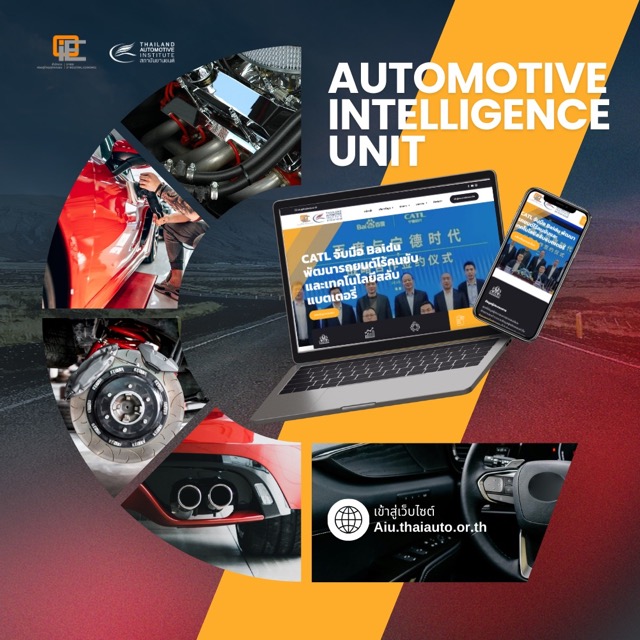| Company Name | Robert Bosch GmbH | ||||||||||||||||||||||||||||||||||||||||||||||||||||||
| Headquarters: |
Robert-Bosch-Platz1
70839 Gerlingen-Schillerhöhe, Stuttgart, Germany Tel: +49 711 811-0 Fax:+49-711-811-6630 |
||||||||||||||||||||||||||||||||||||||||||||||||||||||
| Homepage: | |||||||||||||||||||||||||||||||||||||||||||||||||||||||
| Business Segment : |
1. Automotive Technology
2. Industrial Technology 3. Consumer Goods and Building Technology |
||||||||||||||||||||||||||||||||||||||||||||||||||||||
| Products: | 1. Automotive : Bosch Service, Car parts and accessories, Automotive technology, Diagnostics for repair shops 2. At Home : Power tools for DIY, enthusiasts, Garden tools, Household appliances, Heating & hot water 3. Industry and trade : Communication Center, Power tools for professionals, Sensors and foundry – MEMS,Security systems, Packaging technology, Solar Energy |
||||||||||||||||||||||||||||||||||||||||||||||||||||||
|
Shareholders :
|
Robert Bosch Stiftung GmbH : 92 % share of equity, No voting rights
Bosch family : 7 % share of equity, 7 % voting rights
Robert Bosch : Industrietreuhand KG, 93 % voting rights
Robert Bosch GmbH : 1 % share of equity, No voting rights
|
||||||||||||||||||||||||||||||||||||||||||||||||||||||
|
Board Member :
|
In addition to the CEO and his deputy, our board of management includes eight directors with different responsibilities and functions. (as of February 1, 2009)
|
||||||||||||||||||||||||||||||||||||||||||||||||||||||
| Strategies : |
Strategies : Strategic orientation to long-term trends
Focus on innovations
Our commitment to innovation is also acknowledged in the public domain. By way of example, we received the German Future Prize, Federal President’s Award for Technology and Innovation 2008, in recognition of our work on new processes and applications in micromechanics. Approximately 10,000 of our researchers and development engineers work in the Americas and in Asia Pacific, enabling us to focus on the specific requirements of our customers. We expanded our international research network in 2008 through the addition of new centers in Singapore and St. Petersburg. And in 2009, too, our research and development expenditure will remain on a high level. Ecofriendly and energyefficient products are a main focus of our research and development work.
In automotive technology, we are confident that the internal combustion engine will remain the dominant automotive drive system over the next 20 years. We believe there is still considerable potential for optimizing this engine. In our view, hybrid vehicles are an interim technology en route to the longterm objective of the electric car. Our strategy is to advance these challenging technology concepts in parallel. Accordingly, we are not only focusing on the further development of our diesel and gasoline direct injection technologies. In 2008, we also joined forces with Mahle GmbH, Stuttgart, Germany, to set up a joint venture company in the area of exhaustgas turbochargers. When used in conjunction with turbocharging, gasoline and diesel engines can be made more compact without impairing performance. This also cuts fuel consumption and CO2 emissions considerably. At the same time, we have further stepped up our development activities for hybrid technology, pooling them in a separate business unit.
Major advances still have to be made when it comes to battery technology for hybrid and electric vehicles. It was for this purpose that we set up the joint venture company SB LiMotive Co Ltd, Suwon, Korea, with the Korean company Samsung SDI. The company’s purpose is to drive forward the development of automotive Lithium ion battery technology, and to manufacture these batteries in largescale series production.
The objective is to develop batteries with a much higher energy and power density, as well as a far longer service life, at a much lower cost. We also continue to research and develop in the area of fuelcell technology, although we believe that fuel cells will tend to be used in stationary applications for generating electricity and heat.
A growing need for safety, the demand for greater comfort, and reduced vehicle weight require that today’s driver assistance systems be developed further into active safety systems. This calls for software intensive systems, an area in which we are systematically expanding our expertise. Factors such as energy efficiency, environmental protection, safety, and comfort also play a significant role in our other business sectors, particularly in power tools, heating technology, and household appliances. With power tools, new legal regulations for vibration and dust are changing product requirements and driving innovations forward. The biggest impetus continues to come from lithium ion technology, which increases ease of use through its cordless power supply. With household appliances, we are focusing on the reduction of power and water consumption, as well as on noise emissions and ease of use. In heating technology, we are preparing for a sustained trend toward renewable energies.
There is also increased demand for security in both the public and private sectors. The product portfolio of our Security Systems division ranges from accesscontrol systems and video surveillance for public spaces to public address systems, intrusion detectors, and social alarm systems. In this context, internet based systems are an area with huge potential. These trends are also growing in importance in our dealings with industrial customers in automation and packaging technology. In the mobile machinery market, one essential technical requirement is to reduce energy consumption and emissions, while increasing productivity. In 2008, Bosch Rexroth presented a hydraulic hybrid for commercial vehicles, which stores braking energy temporarily in a hydraulic pressure accumulator. This unit is also expanding its activities in the field of renewable energies, taking in everything from gearboxes and actuators for windpower plants, to hydraulic actuators for solar thermal power plants, to pilot projects for drive technology in the area of oceanpower generation.
We encounter similar requirements for energy efficiency, environmental protection, and safety in the field of plant equipment, and endeavor to find innovative solutions. Examples of our innovations include safety systems integrated into the drive, and variable speed pumps, which can cut power consumption by up to 50 % while reducing noise emissions. In packaging machinery for confectionery production, we can save substantial amounts of energy and water through our “cooking without water” concept. There are also increasing calls for less packaging material to be used. For example, we now use ultrasound technology to seal flexible packaging. Safety requirements are also becoming stricter. Machinery which is used in the pharmaceuticals industry to package highly active substances is enclosed in order to protect machine operators.
Establishing new areas of business
Diversification and internationalization as core strategies
Technology and Consumer Goods and Building Technology business sectors to grow faster than the Group average, but without neglecting any market opportunities in Automotive Technology. The aim is to achieve a rough balance between our automotive business on the one hand and our remaining operations on the other. A corporate structure of this kind helps us to spread risk and underpins our global expansion activities by generating synergies between the business sectors. We are also adhering to our longerterm objective of generating around 25 % of our sales in Asia Pacific and the Americas respectively. With a sales share of 50 %, Europe will even then remain our largest market. Here, the central and eastern European markets are steadily gaining in importance. Over the next few years, we will be stepping up our activities in Asia Pacific and South America. Integrated quality management High quality standards are a firm component of our corporate culture. We pursue an integrated quality management policy, in which we seek to meet the increasing quality requirements set by networked and complex processes and products. At the very beginning of the product creation process, we focus our full attention on the specific requirements of our customers. We also integrate our suppliers into the product creation process at a very early stage. This is essential for exploiting the Bosch Product Engineering System and the Bosch Production System to their full effect. In addition to technical expertise and the ongoing development of our production methods, we have designed our quality management system as an independent organization that reports directly to the board of management. We also continuously improve our associates’ problem solving skills. As a result, we once again succeeded in cutting defect rates and quality costs in 2008. |
||||||||||||||||||||||||||||||||||||||||||||||||||||||
| Affiliates Companies : |
The Bosch Group comprises Robert Bosch GmbH and its more than 300 subsidiaries and regional companies in over 60 countries.
|
||||||||||||||||||||||||||||||||||||||||||||||||||||||
|
Financial Status :
|
Currency figures in millions of euros
1 With the exception of profit after tax, without discontinued operations
2 Including development work charged directly to customers
|
||||||||||||||||||||||||||||||||||||||||||||||||||||||
|
|
|
||||||||||||||||||||||||||||||||||||||||||||||||||||||
|
Source :
|
- Silver
- สมาชิกระดับ Silver
- ฟรี
- สามารถเข้าถึงข้อมูลข่าวสารขั้นพื้นฐานได้
- ข้อมูลผู้ประกอบการต่างประเทศ
- ข้อมูลสถิติในประเทศและต่างประเทศ
- มาตรการทางการค้าระหว่างประเทศ
- กฎ ระเบียบ นโยบายในประเทศ
- เทคโนโลยี และงานวิจัย
- สมัครสมาชิก
Robert Bosch GmbH
- รายละเอียด
- หมวด: ผู้ประกอบการอุตสาหกรรมยานยนต์โลก
- อ่าน: 4132 ครั้ง


